Fashion reflects the past and present society. Its dynamic and multifaceted nature continues to evolve over time with cultural change, technological advances, needs, and wants of consumers. For decades, it has ranged from haute couture to streetwear, impacting not just clothing but also jewelry, beauty, and lifestyle. In this guide, we will dissect the history of fashion, what fashion looks like today, how technology and sustainability will shape modern fashion, and the role of social media in consumer behavior.
Historical Context
Modern fashion can be traced to the nineteenth century when the traditional Western idea of combining art and merchandise for mass consumption began. The industrialization that began in the middle of the 19th century created the conditions for mass production in the fashion industry. This change made clothes more available to the general public. Fashion became increasingly accessible over the early 20th century as people migrated to the city and department stores sprung up in city blocks, selling ready-to-wear rather than custom designs.
Toward the middle of the 20th century, fashion houses started to develop into major powers in the establishment. Designers such as Coco Chanel or Christian Dior introduced feminine silhouettes such as the bob or the flapper dress, and offered both comfort and elegance to modern women. Following the war, design was creatively unleashed, and the fashion sector highlighted bright colors, bold prints, and fresh fabrics.
Current Trends in Modern Fashion
Here are six of the biggest trends influencing modern fashion. The trends reflect a nostalgic yet innovative ethos, with sustainability taking center stage.
Boho Chic Revival
Boho style is coming back but in a modernized way. Today’s boho chic leans toward more streamlined silhouettes and luxe textures like suede and chiffon. This version plays with layering and texture while veering away from clashing prints into a more cohesive aesthetic. You have everything from maxi skirts to embroidered outerwear to semi-sheer pieces that offer more than one styling option.
Athleisure Evolution
As people want utilitarian clothing, athleisure is still the dominant style. Matched sets in elevated fabrics, like cashmere and silk, are coming out of casual categories and into the evening ones. These trends appeal to a lifestyle that appreciate looks and performance.
Maximalism Over Minimalism
While minimalism has been a prevailing trend in recent years, there is a noticeable shift towards maximalism in 2025. This trend embraces eclectic looks that mix textures, patterns, and colors to create bold statements. Personal expression through fashion is at the forefront, encouraging individuals to showcase their unique styles rather than conforming to uniformity.
Animal Prints
From warm coats to everyday clothes, animal prints are back and stronger than ever. From cow spots to zebra stripes, these daring patterns bring a sense of fun and whimsy to looks. Animal prints have found their way into designers’ closets, from street style to the red carpet, although it is still a completely radical choice for consumers.
Denim Trends
Denim is still a wardrobe staple, with barrel jeans and wide-leg pants trending. You might think classic cuts such as straight-leg jeans have no choice but to coexist with newer silhouettes such as jorts — ragged, billowy jean shorts that are making waves.
Accessories
Accessories have become a key in defining modern fashion trends. Oversized clutches are making the rounds alongside east-west bags; charm necklaces and vintage brooches add personalized flair. Classic pearl jewelry is not going anywhere, but it is being reimagined in new designs that target younger consumers.
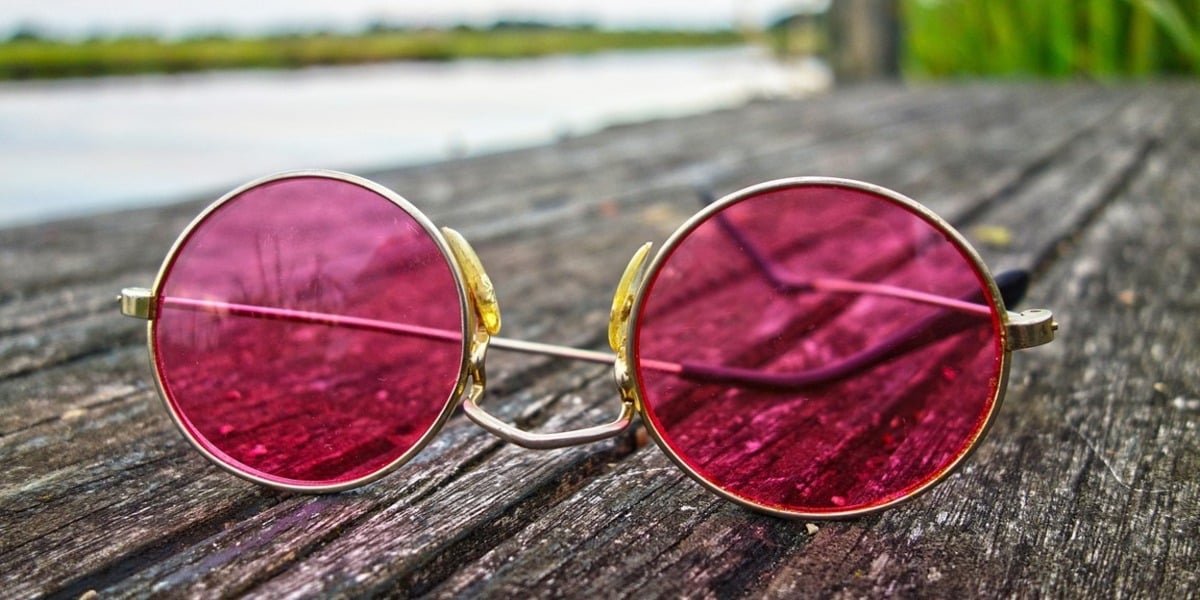
How Technology is Changing Modern Fashion
Technology has penetrated every aspect of the fashion industry, from the way designs are conceptualized to how consumers interact with and purchase clothing. Emerging methods, like 3D printing, are changing the way clothes are made, creating complex designs that traditional methods just cannot produce.
Smart Fabrics
Smart textiles are changing consumer engagement with clothing. With sensor-infused fabrics, you will be able to track your health metrics or change color based on weather conditions. Such a blend of technology and fashion enhances the garment’s functionality and brings creative avenues to the design realm.
Virtual Fashion Shows
Virtual fashion shows became more popular during the COVID-19 pandemic when brands turned to digital to promote their collections. This change revolutionized the fashion world by offering it to a global market and being more environmentally friendly than the common catwalk.
Social Media Influence
Instagram and TikTok have not only made fashion accessible to everyone but also brought in a new wave of influencers, including real-life people, flaunting their styles to the world. It only takes a few members of an online community showcasing an interesting outfit for the entire trend to go viral, and influencers are critical in sharing such trends with their followers. Brands are using these platforms for direct engagement with consumers, creating unique experiences, and increasing consumer loyalty.
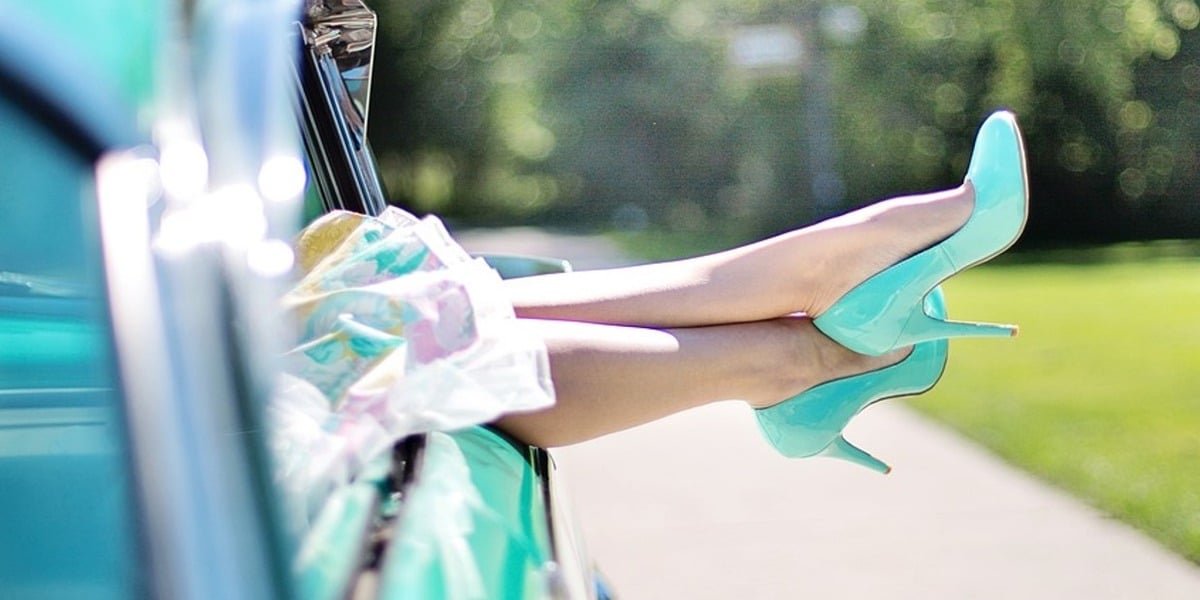
Current Trends Pushing Fashion Sustainability
As consumers become more conscious of their consumption and its effects on the planet, the spotlight on sustainability in fashion has never been brighter. There has been a rise in “slow fashion,” where people are encouraged to buy quality pieces that will last instead of falling into fast-fashion traps that drive overconsumption.
Eco-Friendly Materials
Brands are seeking eco-friendly alternatives for traditional materials by utilizing organic cotton, recycled polyester, and innovative textiles derived from sustainable sources. This shift reduces waste and supports ethical manufacturing practices that prioritize fair labor conditions.
Transparency in Supply Chains
Consumers are starting to require more visibility into how their clothing is made. Thus, brands are sharing information about their supply chains, right from sourcing to post-manufacturing processes. This helps build trust between brands and consumers by driving industry accountability.
16 Minimalist Modern Fashion Brands to Know
Here are 16 minimalist contemporary brands making waves in the fashion world:
1. Róhe
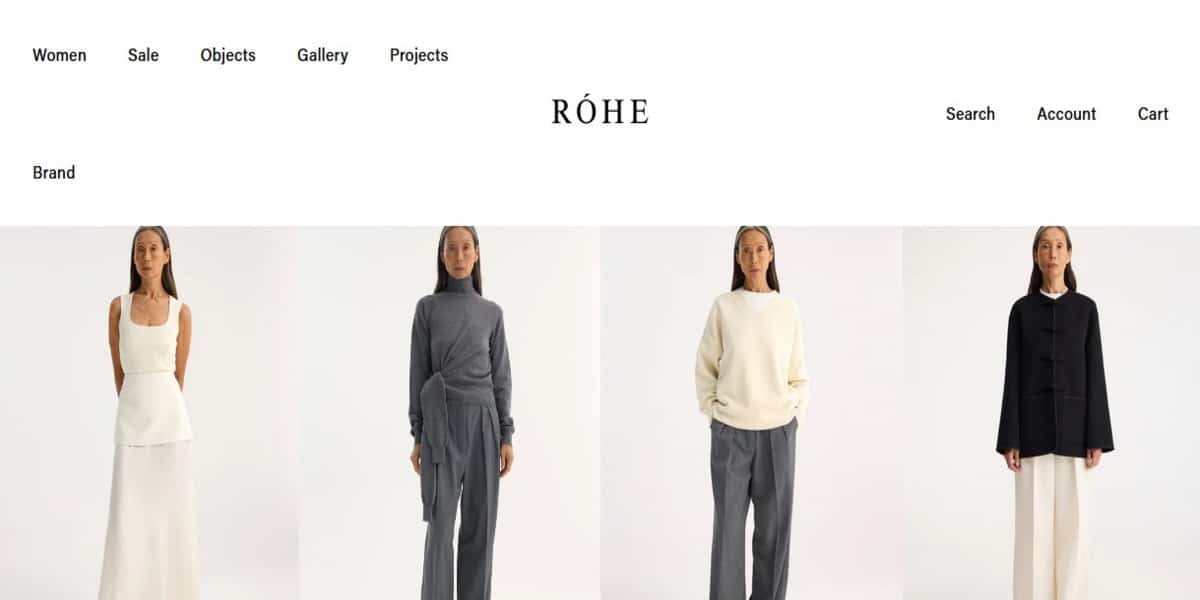
Launched in 2021 in Amsterdam by Marieke Meulendijks and Maickel Weyers, Róhe offers tailoring with a quiet confidence and elevated minimalism. Their pieces feature unexpected edges, such as twisted sweaters, sculpted blazers, and pleated maxiskirts. Marieke Meulendijks also has an Amsterdam home that she has meticulously renovated with her partner and co-founder of Róhe.
2. Kallmeyer
Based in New York, Kallmeyer, led by Daniella Kallmeyer, is known for its refined and unique approach to everyday essentials. They reimagine classic shirting with built-in ties, recast blazers in speckled fabrics, and create trousers with cocooned silhouettes.
3. Tove
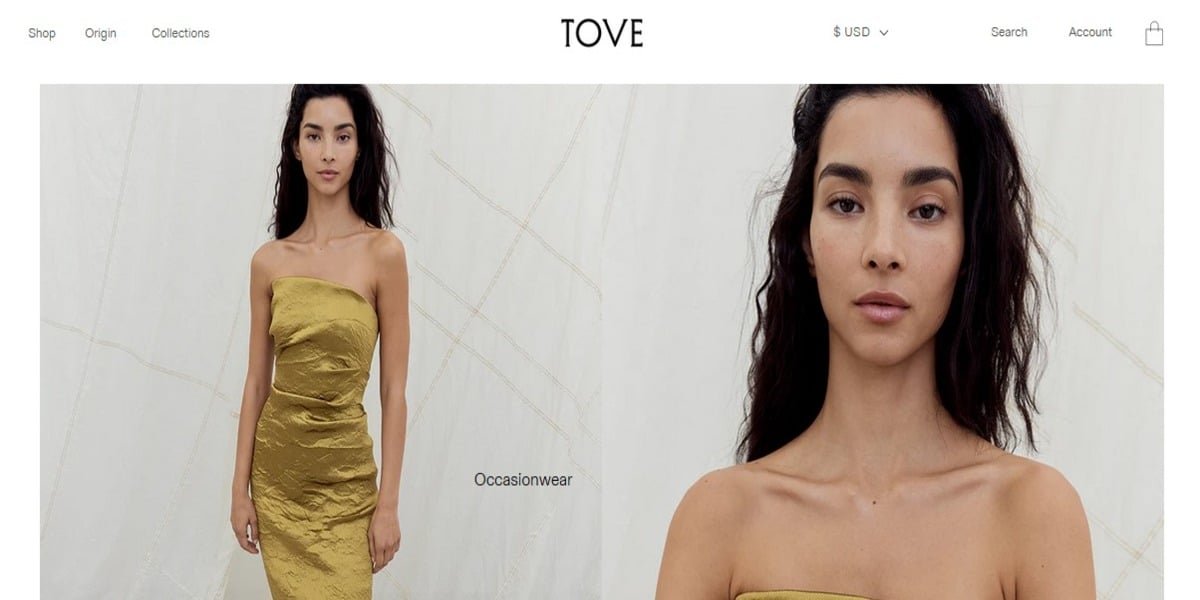
Founded in London in 2019 by Camille Perry and Holly Wright, Tove offers elegantly gathered dresses and pleated tops that fuse a minimal and feminine aesthetic. Their retail strategy includes “respectful pricing,” reflecting the unique materials and craftsmanship involved.
4. Esse Studios
This Australian label, founded and designed by Charlotte Hicks, reimagines classic pieces in slow-released capsule collections made from sustainably sourced fabrics. Esse Studios focuses on well-fitted, everyday staples.
5. Attersee
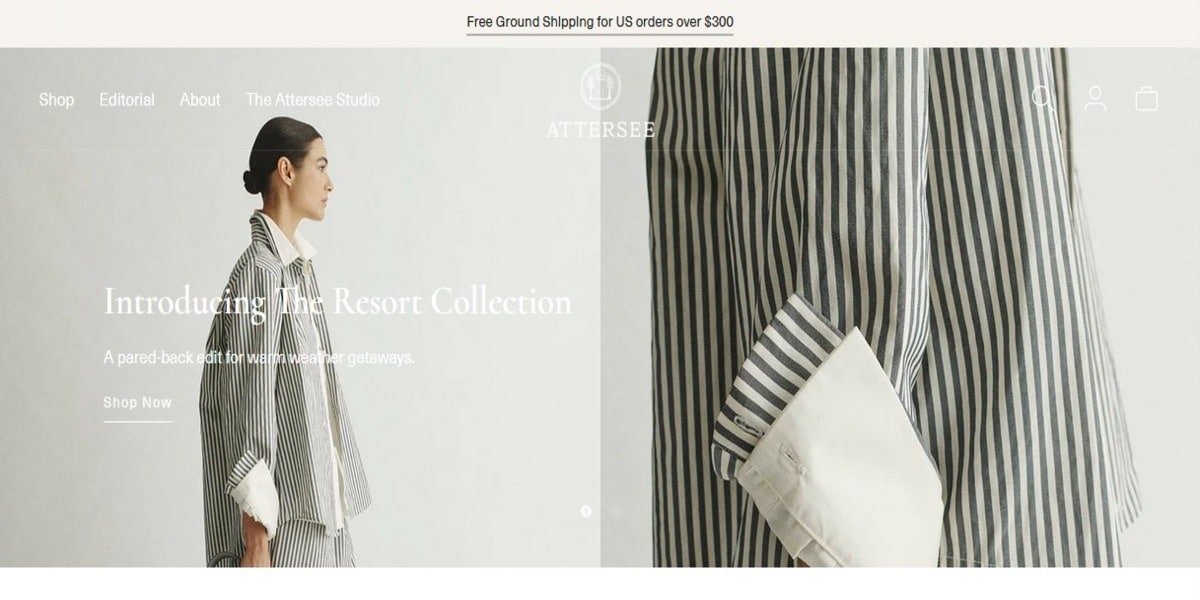
Inspired by the Austrian lake where Gustav Klimt spent time relaxing, Attersee has your everyday essentials in neutral tones—think easy trousers and chic shirting. The label is all about a carefree spirit, with elevated wardrobe staples.
6. By Malene Birger
This brand is the epitome of the all-sought-after Scandi style with an eclectic, boho-infused interpretation of minimalism. The collection features knitwear with texture, suiting, shearling outerwear, and more accessories.
7. Djerf Avenue
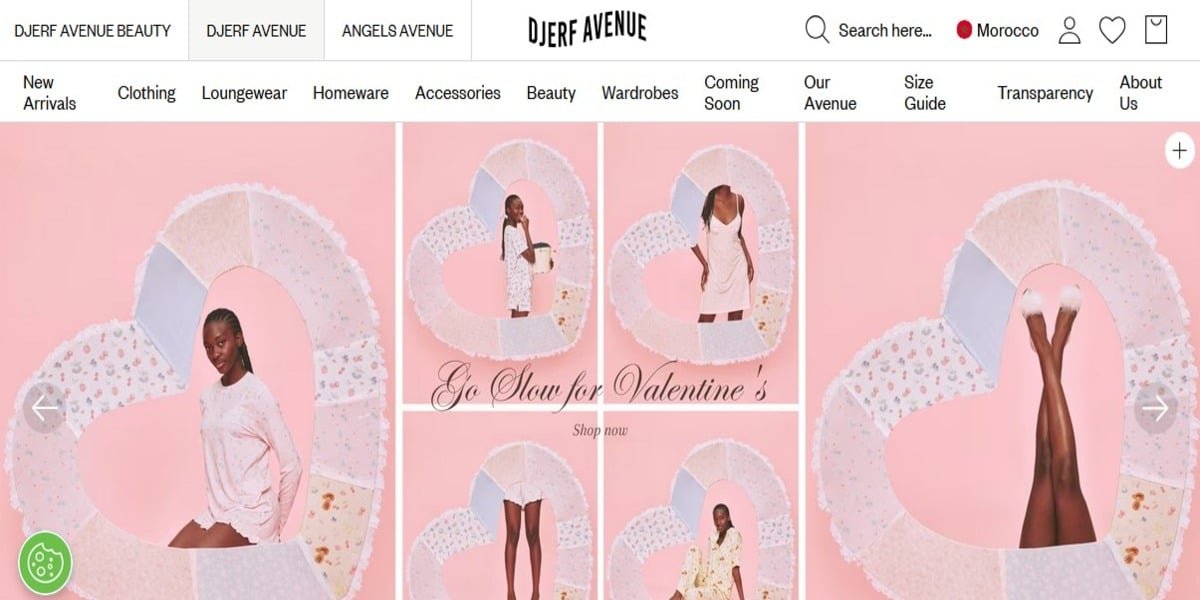
Djerf Avenue is an ethical, size-inclusive brand founded by Swedish influencer Matilda Djerf. It produces high-quality classic pieces with a focus on durability and simplicity. This brand is popular for functional, casual pieces and has drawn a loyal crowd thanks to its sustainability and inclusivity efforts.
8. Jil Sander
A purveyor of minimalist luxury, this German brand is all about architectural silhouettes, precise tailoring, and fine materials. Jil Sander makes functional clothing that is meant to last for years.
9. Jac+Jack
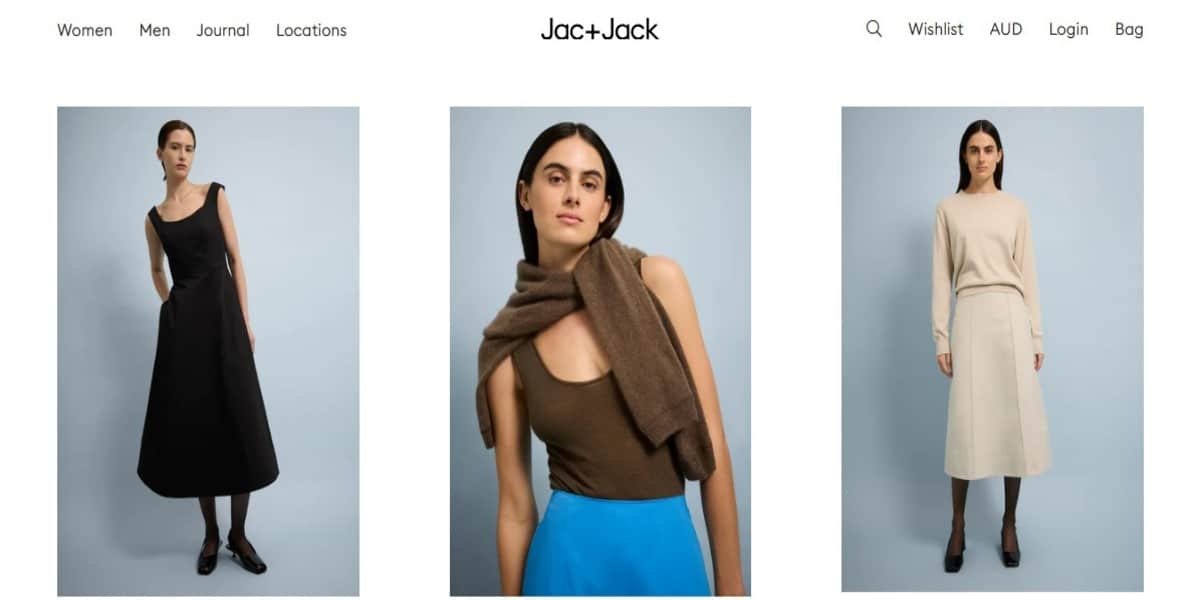
Jac+Jack is famous for its luxe, soft staples ranging from tees, blazers, jeans, and coats in premium materials—think merino wool and linen. The brand has a knack for creating elevated wardrobe staples that are simple yet luxurious and timeless.
10. Everlane
A brand devoted to transparency and ethical production, Everlane offers classic pieces crafted from quality materials through a direct-to-consumer approach. The brand is committed to sustainability and responsible sourcing.
11. Adsum
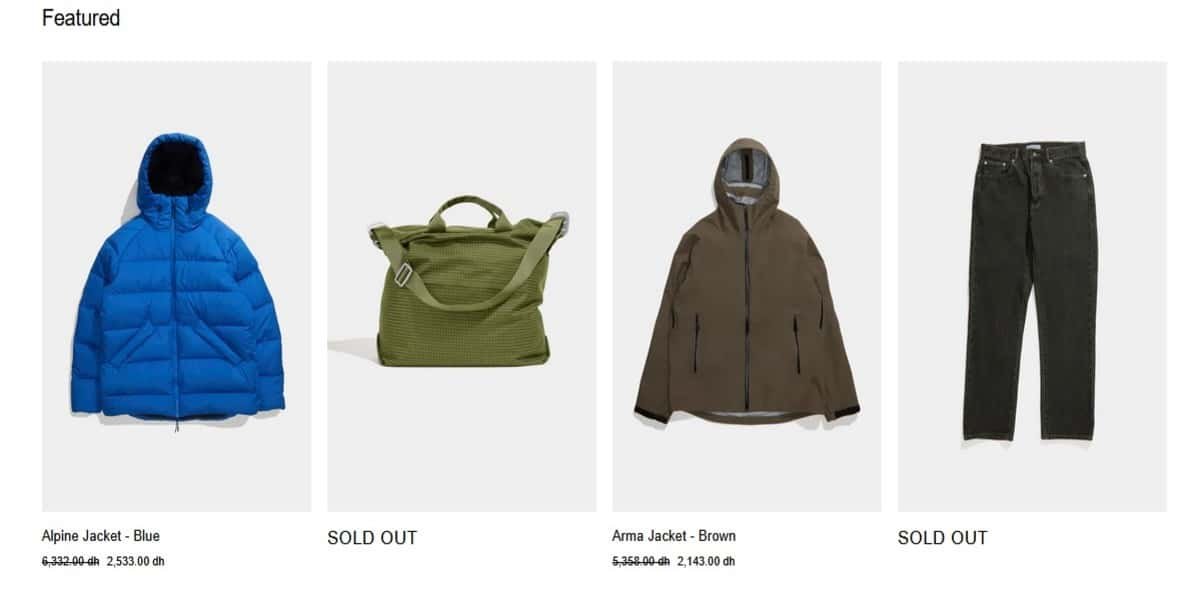
New York-based Adsum combines minimal urban vibes with staples of classic American style, with a clear focus on quality and clean designs. Adsum places a heavy emphasis on durable materials and construction. It is well-suited for minimalists looking for a bit of an urban flair in their closet.
12. Nanushka
This Budapest-based brand, founded in 2006 by Sandra Sandor, emphasizes sustainability and minimalism, creating versatile pieces with eco-friendly materials. Nanushka is known for its innovative vegan leather called Okobor, which is made from recycled polyester and polyurethane using less water and no harmful chemicals. The brand is committed to ethical production practices.
13. Unrecorded
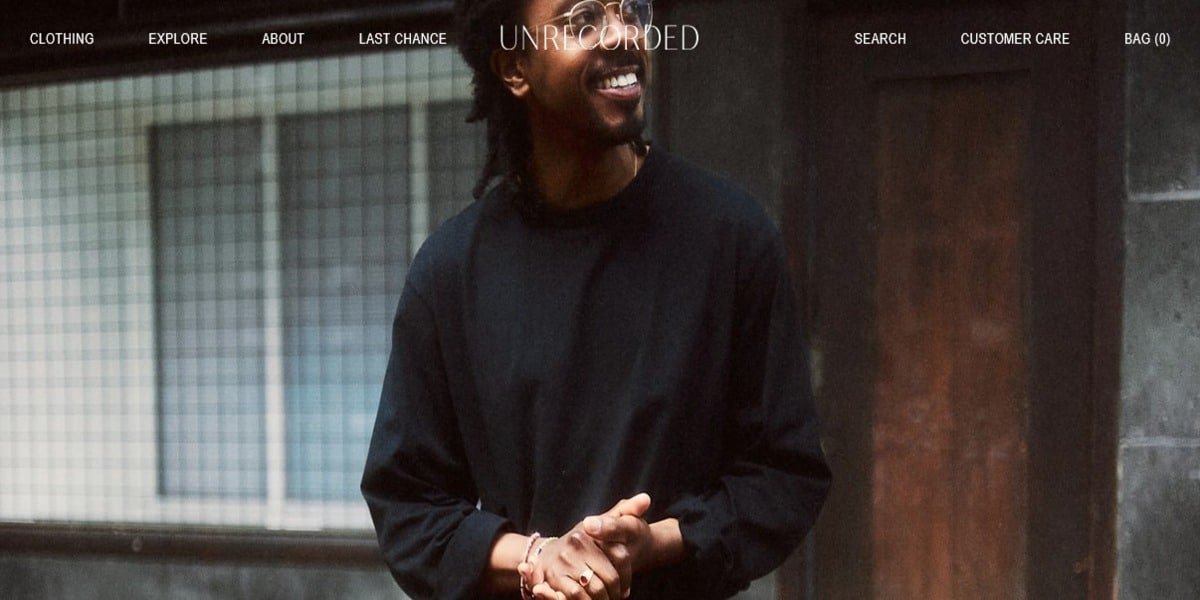
This Dutch brand creates high-quality, minimalist clothing at accessible prices, focusing on sustainable practices. Unrecorded offers essential pieces in neutral colors, made from organic cotton and recycled materials, with a transparent pricing model and commitment to ethical production.
14. Cuyana
Cuyana is a minimalist brand that focuses on quality, not quantity, featuring high-key essentials made with fine materials and timeless, multifunctional designs. It advocates for more conscious consumption, asking customers to invest in long-lasting pieces.
15. Zara
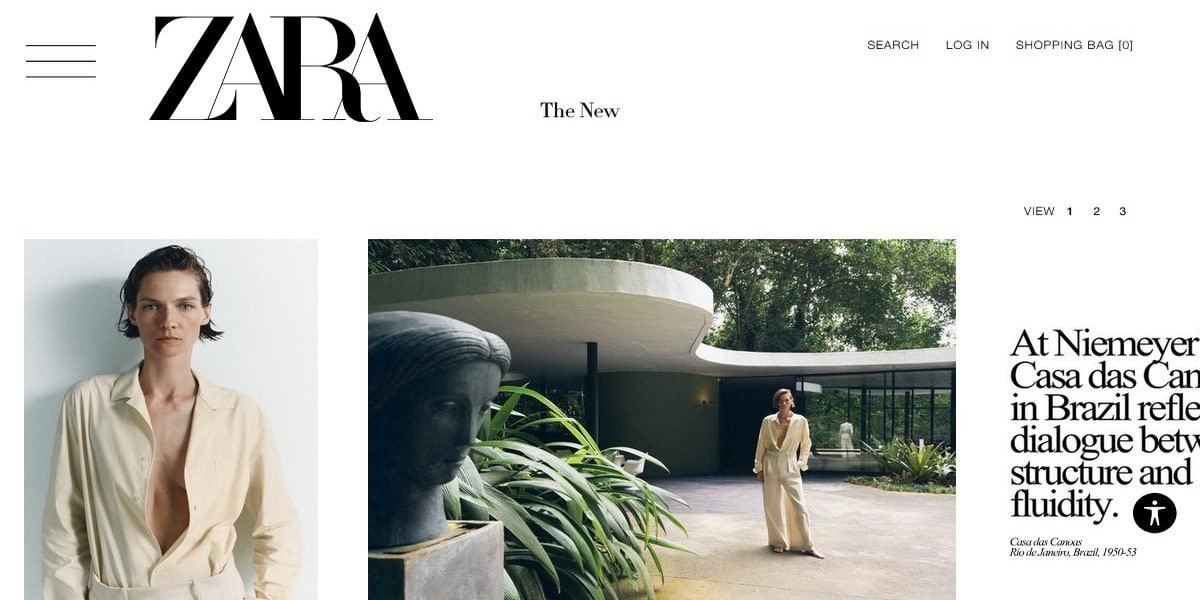
Zara’s brand approach is to bring minimalist designs to the masses at a lower price point. With its unrealistically priced, breathlessly perfect garments, Zara is a source of minimalist trends you can try for less. However, Zara’s focus on fast fashion may not suit people who care about sustainability and ethical production.
16. Epoque Evolution
Epoque’s brand emphasizes quality, performance, and adaptability, using sustainable resources, and ensuring fair labor practices. Epoque Evolution creates multi-functional active lifestyle clothing with advanced technologies that are functional, durable, and comfortable to wear. If you are looking for functional but sustainable clothing, this is a brand you will enjoy.
Minimalist modern fashion is more than a trend with these brands, but rather a movement towards mindful consumption, ethical production and timeless style.
The Future of Modern Fashion
Moving forward, it is evident that modern fashion will adapt to the current times and innovation in the world around us. By merging virtual reality with physical retail, consumers will experience an entirely new way to shop for apparel while also creating a more personal tie between brands and their clients.
Embracing Diversity
Modern fashion is vitally stepping towards an inclusive world. We will soon see inclusive sizing options across demographics become the norm as brands push for a more diverse consumer base.
Personalization
As consumers increasingly look for clothes that reflect their individual style, personalization will become more prevalent in contemporary fashion. Using data analytics, brands can provide recommendations customized to consumers’ choices and buying patterns.
Conclusion
Modern fashion trends are dynamic and shaped by cultural change, technological developments, sustainability movements, and social media interaction. So, as we slip in and out of 2025 and into the next one, for both consumers and brands, it is a matter of keeping up with the changing times. Whatever happens, the future of fashion seems promising for a more personal expression of our desire to be ourselves and what we value.
Check our winter colors for clothes guide to make the right choices when refreshing your wardrobe this season. And for moms, read our tips for baby winter clothes. For more Fashion tips, join us on Facebook and Instagram.
All images from pixabay.com
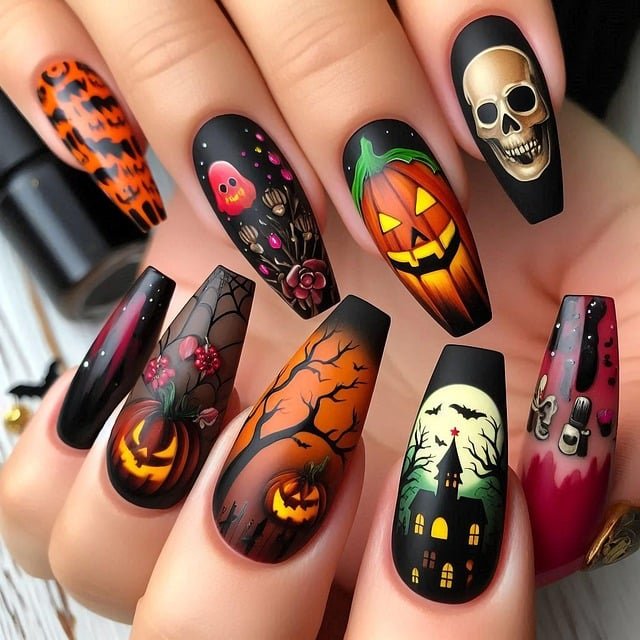
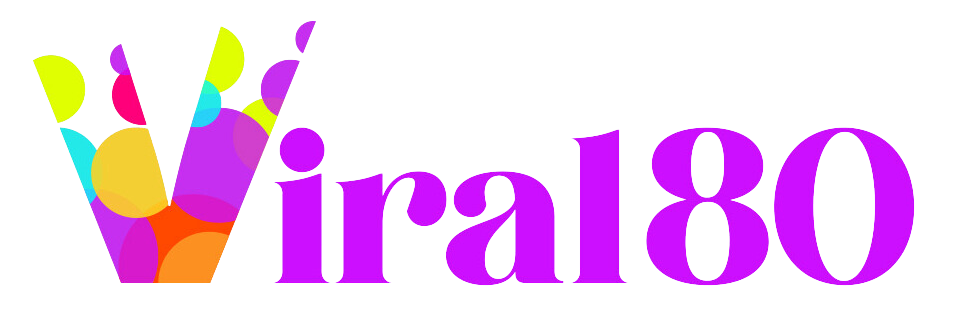

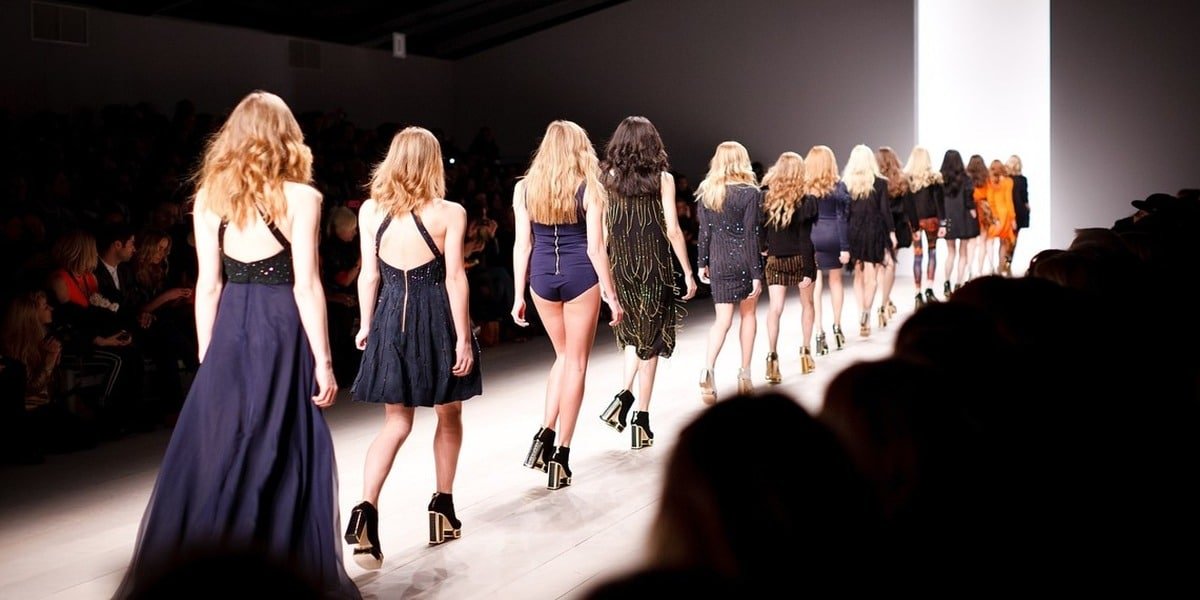
2 Comments